FREEDIVING IN THE PHILIPPINES – 5 Questions You Wanted to Ask
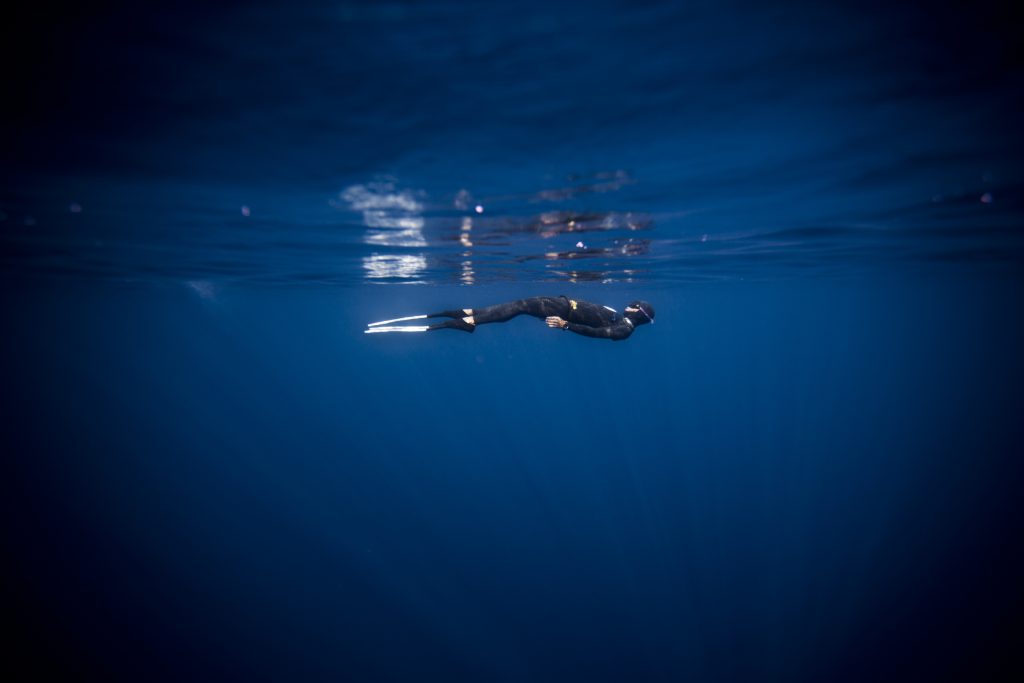
Luciana Jury | FREEDIVING IN THE PHILIPPINES – 5 Questions You Wanted to Ask | Freediving is one of the oldest disciplines on the planet. Our ancestors dove into the sea on a single breath to gather food, to harvest pearls and sponges, to reclaim valuables from shipwrecks. To this day, a handful of cultures continue these practices. Freediving in the Philippines started with the tribal practice of spearfishing of the Badjao. In South Korea, the sea women or Haenyeo harvested mollusks and seaweed.
These seafolk freedive in order to put food on the table for the family. But in our modern times plagued with the convenience of instant noodles, why is Freediving even more popular?
Which is probably the top question every one introduced to the idea of freediving would ask – why?
Q#1: WHY SHOULD I EVEN TRY FREEDIVING?
Freediving is a misunderstood and under-appreciated sport. Why would one voluntarily give up vital function, a.k.a. breathing, even for just a few minutes? So the initial reaction of being scared, or shaking your head thinking, “are you crazy?”, is understandable. An average person can hold their breath anywhere from 30 seconds to 3 minutes. Professional freedivers can hold their breath for about 10 minutes.
However, many of those who went beyond the crazy thoughts and challenged themselves to try freediving never regret their decision. In freediving, the experience starts even before the dive. Mental preparation and breathing techniques are taught to overcome any fear, doubt and panic.
Relaxation strategies are one of the 1st things you study on a freediving course.When you relax, your heart rate and oxygen consumption decreases, letting you dive longer and making the dive safer, and more pleasant.
You could even consider this mastery of mindfulness the special gift that freediving can offer to you. This mindset training is very useful in all aspects of life, especially when dealing with pressure and stress.
Q#2 AM I HEALTHY ENOUGH; or AM I TOO OLD TO FREEDIVE?
Freedivers come in all shapes, sizes and ages. For recreational freediving, children are most welcome.
If you wish to be certified, under the Molchanovs education platform for example, you have to be at least 16 years old to start the beginners course. The other minimum requirement is that you are able to swim in a pool unassisted and non-stop for only 200 meters.
Generally speaking, you are healthy enough at any age, if you pass this requirement. As with all freediving education or certification bodies (SSI, PADI and Molchanovs), there will be a health questionnaire to fill out for your own peace of mind.
Q#3 IS FREEDIVING SAFE?
Contrary to popular belief, Freediving is not an extreme sport. According to a blog post by Thibault Guignes, owner of Camotes Freediving Center in Cebu, Philippines, 9 times French National Record Holder (Free Immersion : 117m) and head of the Molchanovs Education Board,
“Freediving is a safe sport if you (1) always have a companion who is trained for rescue and knowledgeable about the safety rules, (2) use maintained equipment (buoy, pulley system, lanyard), and stay within your limits make freediving a very safe sport, (3) learn and train with a certified instructor.”
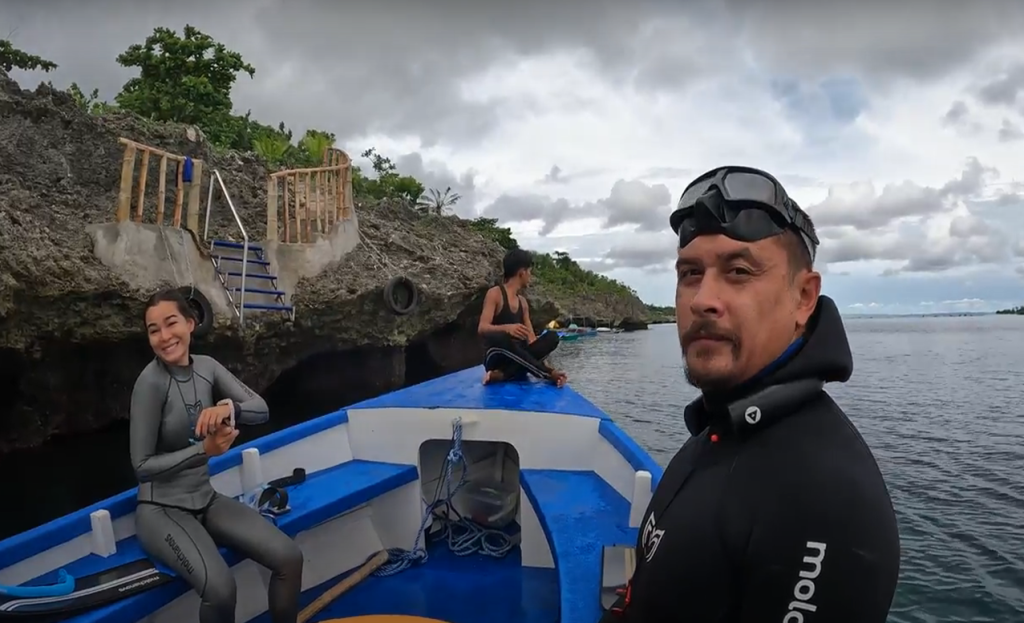
Q#4 DO I NEED EQUIPMENT?
Due to our heightened awareness and health protocols due to the Covid pandemic, it is advisable to have your own mask. Wet suits, fins and other equipment will always be available at your chosen dive shop. Well, they should have it… if not, think twice about learning freediving at that place.
Q#4 WHERE’S THE BEST PLACE TO FREEDIVE
Ah! The answer to this question is easy and difficult at the same time! Pools are the same wherever you go, so the battle is which open water freediving offers the best experience. If you could, experience them all! From Dahab, to Kalamata to Cenotes. But if you have a bucket list for 2023, stamp Southeast Asia on it, specifically Freediving in the Philippines.

One of the newest and world-class facilities is found on Camotes Island, a 1 and 1/2 hour speedboat commute from Cebu City, Philippines. Thibault Guignes personally attends to all his students at Camotes Freediving Center. Boasting 350 days of gorgeous tropical weather conducive to continuous training year-round, and sea waters with calm currents, visibility of 25 meters, and a depth of 150 meters. “It is one of the best locations I have experienced.”, he explains.
Q#5 HOW MUCH DOES TRAINING COST?
Specifically at Camotes Freediving, the introductory course, Molchanovs Wave 1, is $325 for 2.5 days worth of training. At the end of the training, you will become a safe and autonomous freediver with theoretical knowledge and practical skills to dive comfortably to a depth between 12-20 meters.
You get more bang for the buck if you choose the discovery week package at $790 for 7 days, which includes Molchanovs Wave 1 and 2, and allows you to enjoy all that freediving has to offer.
WHY LEARN FREEDIVING IN THE PHILIPPINES, SPECIFICALLY AT CAMOTES?
Bias aside for Camotes Freediving Center, the island itself is a gem to discover! There is something special about Camotes Island. It is very private and peaceful, and has been kept unadulterated by tourism. White sand beaches, beautiful sunsets, magnificent spelunking sites, waterfalls and much more await you at the island.
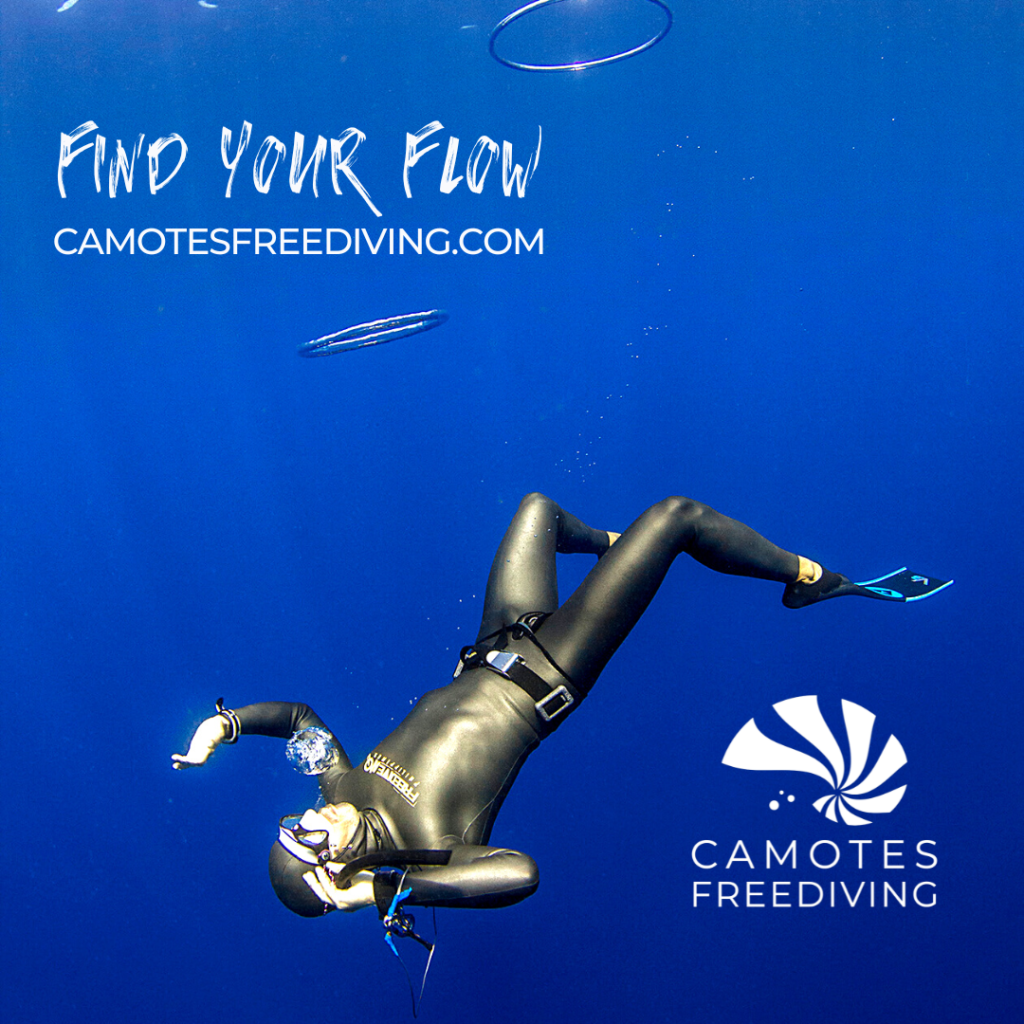
Do you think that getting into Freediving is still a crazy idea? Maybe it’s even more crazy not to even consider trying it out. Beyond being a sport, Freedriving offers a different experience, goal and accomplishment for each person. It would be interesting to find out how significant freediving could become for you.
Related blog posts:


 Matilde G Releases New Upbeat Pop Single ‘Ti Voglio’ with Latin Flair On Sept 27
Matilde G Releases New Upbeat Pop Single ‘Ti Voglio’ with Latin Flair On Sept 27 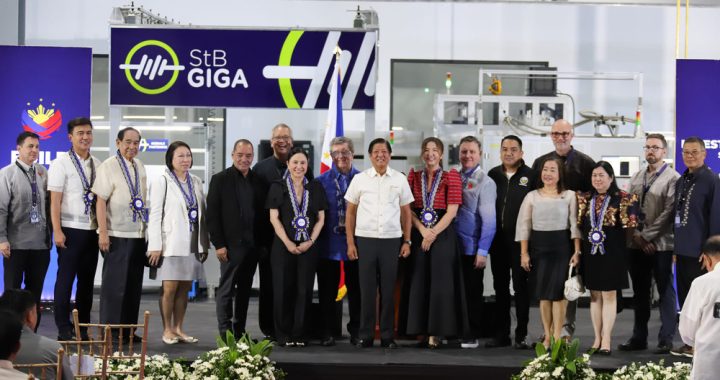 Filinvest Innovation Park – New Clark City welcomes StB GIGA Factory, Marks Bold New Chapter in Philippine Renewable Energy
Filinvest Innovation Park – New Clark City welcomes StB GIGA Factory, Marks Bold New Chapter in Philippine Renewable Energy 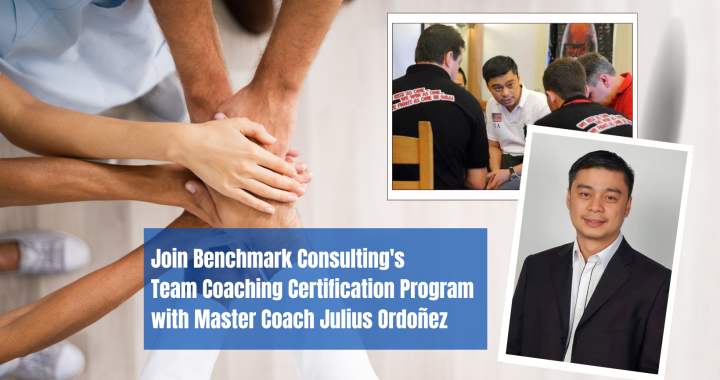 Join Benchmark Consulting’s Team Coaching Certification Program with Master Coach Julius Ordoñez and Elevate Team Dynamics for Unprecedented Success!
Join Benchmark Consulting’s Team Coaching Certification Program with Master Coach Julius Ordoñez and Elevate Team Dynamics for Unprecedented Success!  iQIYI Brings Original Malaysian Drama Hit ‘Rampas Cintaku’ to Global Audiences, Amplifying the Reach of Premium Asian Content
iQIYI Brings Original Malaysian Drama Hit ‘Rampas Cintaku’ to Global Audiences, Amplifying the Reach of Premium Asian Content 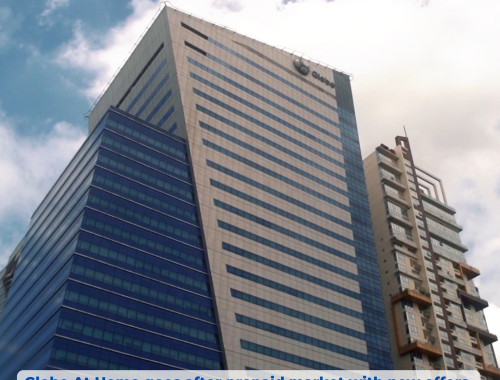 Globe At Home goes after prepaid market with new offers
Globe At Home goes after prepaid market with new offers 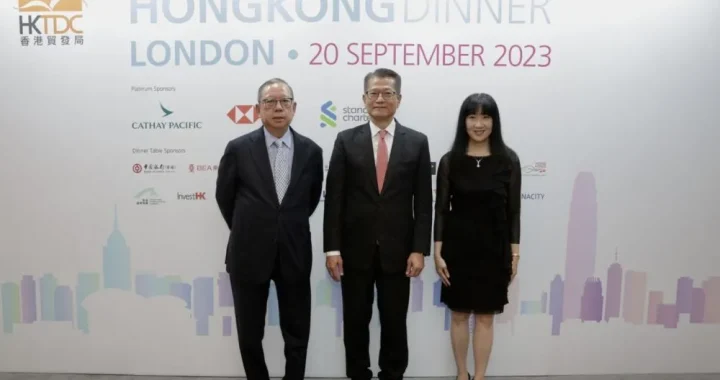 Hong Kong Dinner in London returns after 4-year hiatus
Hong Kong Dinner in London returns after 4-year hiatus  Earth Day 2024: Globe advances sustainable telecommunications with energy-efficient network strategies
Earth Day 2024: Globe advances sustainable telecommunications with energy-efficient network strategies